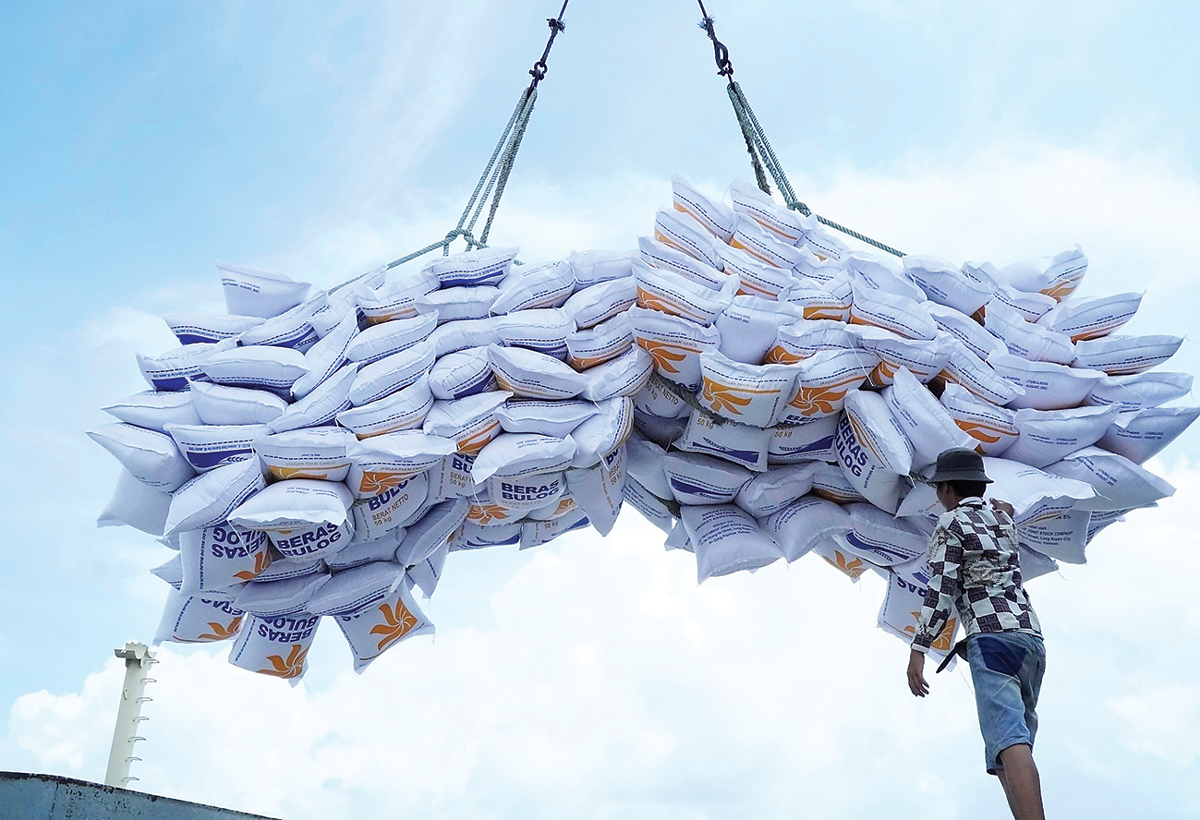
Vietnam has asserted its standing in the global rice export market, advancing to the position of the world’s second-largest exporter by volume. According to the Vietnam Food Association (VFA), in the first seven months of 2025, the country exported 5.5 million tonnes of rice, earning USD 2.81 billion—marking a 3.1% increase in volume but a 15.9% decrease in value compared to the same period in 2024. Particularly, in July 2025 alone, exports reached 750,000 tonnes of rice, valued at USD 366.1 million.
The Philippines remains Vietnam’s largest rice market, accounting for 42.6% of total export value. However, export value to the Philippines declined by 13.5% year-on-year. In contrast, Ghana and Côte d’Ivoire saw strong growth at 53.5% and 96.6% respectively. Notably, Bangladesh exhibited a remarkable surge with growth of 188.2 times, while Malaysia experienced a significant drop of 58.5%.
Mr. Đỗ Hà Nam, Chairman of the VFA, stated that based on the export performance in the first seven months, the VFA anticipates total rice exports for 2025 to reach approximately 8.8 million tonnes, preserving Vietnam's rank as the world’s second-largest rice exporter. He emphasized that Vietnamese rice has established its own brand and is favored in numerous markets, with an average export price of USD 514 per tonne.
Nevertheless, a major challenge looms as the Philippines has announced a suspension of rice imports for 60 days, potentially causing difficulties for Vietnamese exporters—particularly since the Philippines accounts for around 40–45% of Vietnam’s annual rice export turnover. The halt could create substantial inventory and liquidity pressures for companies.
To address this situation, the VFA has proposed support measures such as low‑interest loans, debt repayment extensions, and the establishment of storage facilities to wait for export opportunities to resume. The association has also requested the Ministry of Industry and Trade to send a diplomatic communication to the Philippine Ministry of Agriculture to alleviate difficulties and ensure continuity of rice exports.
Despite these challenges, many businesses remain optimistic about future export prospects. Mr. Nguyễn Văn Thành, Director of Phước Thành IV Production – Trading Company Ltd., noted that the Philippines’ import policies are frequently changing, and Vietnamese exporters are accustomed to navigating such fluctuations. He also stressed that the Philippines still faces rice shortages and will likely need large-scale imports to ensure food security.
In this context, enterprises need to capture market demands and trends to design appropriate production and export strategies. The Department of Crop Production (Ministry of Agriculture and Environment) projects that in 2025, Vietnam will have around 7.03 million hectares of rice‑planted area, with estimated production reaching 43.14 million tonnes—adequate to meet domestic food needs and export over 8.5 million tonnes of rice.
Building the Vietnamese rice brand, especially in the high-quality segment, will be crucial to maintaining Vietnam’s status in international markets. The “super raw material zone” initiative, covering 1 million hectares of high-quality rice in the Mekong Delta, is being effectively implemented and is expected to bring significant benefits for the rice export sector in the future.
Source: vneconomy.vn




